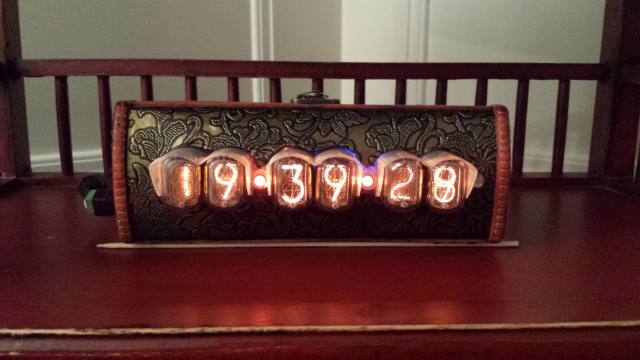
I have been looking for a fitting clock to match with a Mongolian shelving unit,
it needed to be retro so no option...... Nixie Tubes !!!.
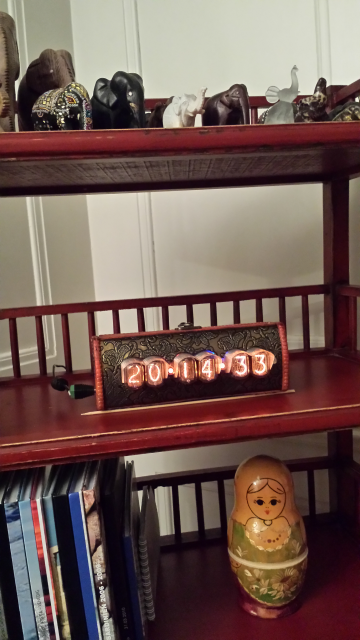
The Nixie tubes came from the Ukraine, they are classed as NOS (New Old Stock), circa 30 years old, still wrapped in original waxed paper. I felt really bad when 1 dropped just 5 cms onto the workbench, it did make a pleasing justifying implosion sound though.
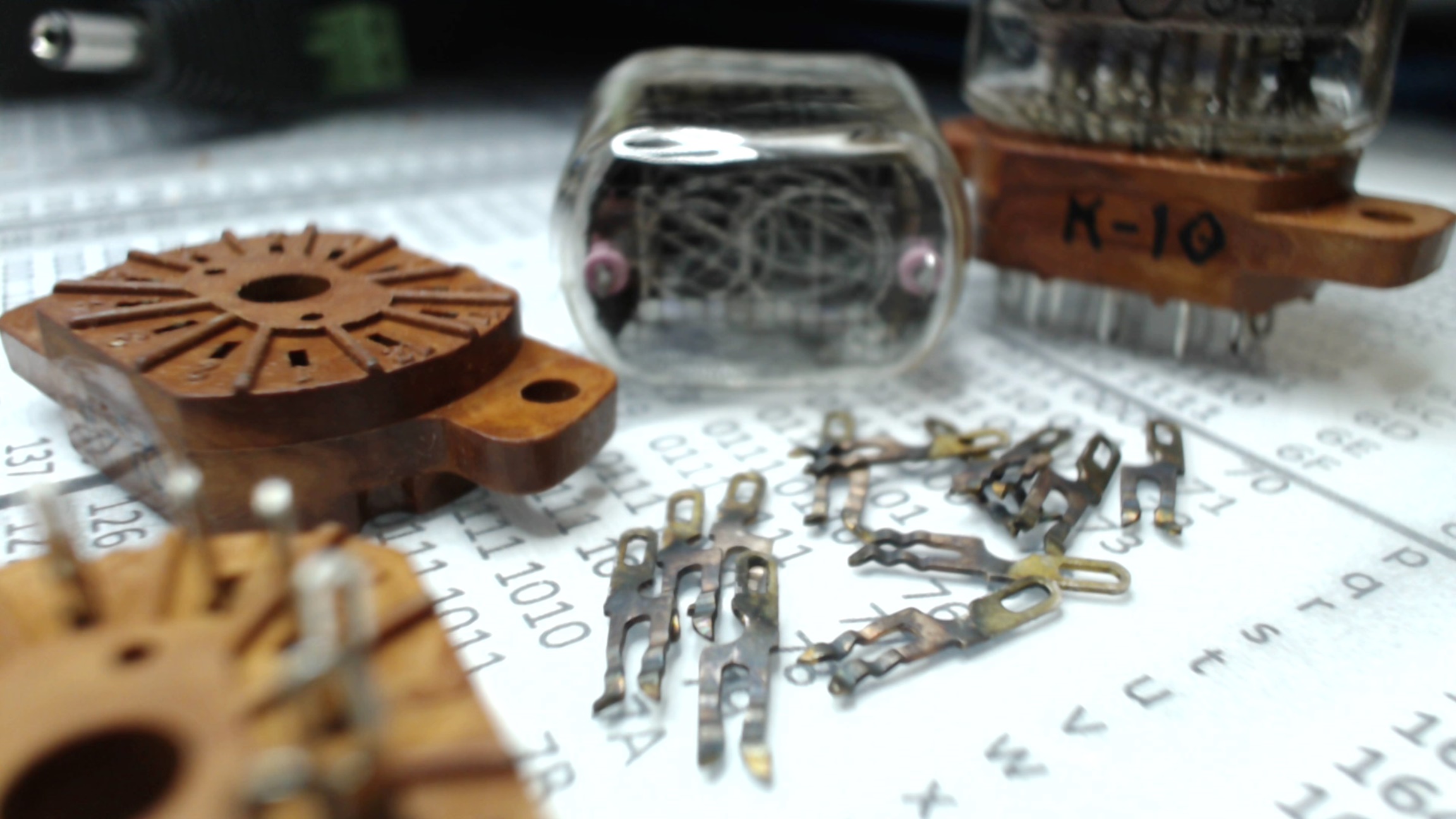
The bases were also of this age period (bakelite) , as you can they oxidized a tad so needed burnishing with a dremel polisher.
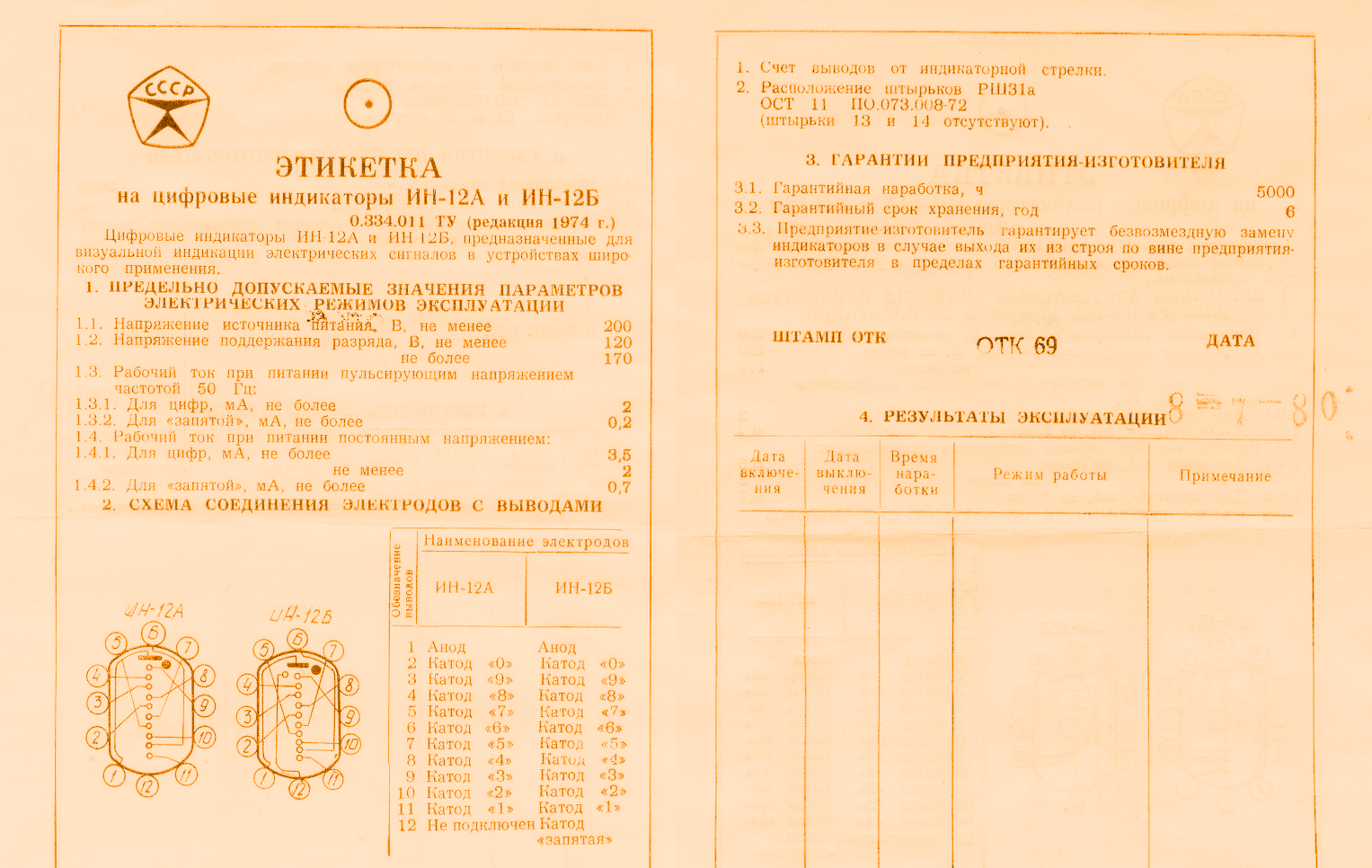
The IN-12B types have the extra decimal point, IN-12 do not.
The IN-12B Nixie tubes need circa 170 Volts to strike the pleasing glowing arc, this is achieved with a power FET switching an inductor on/off very quickly ---basic inverter--- using an Atmega Chip.
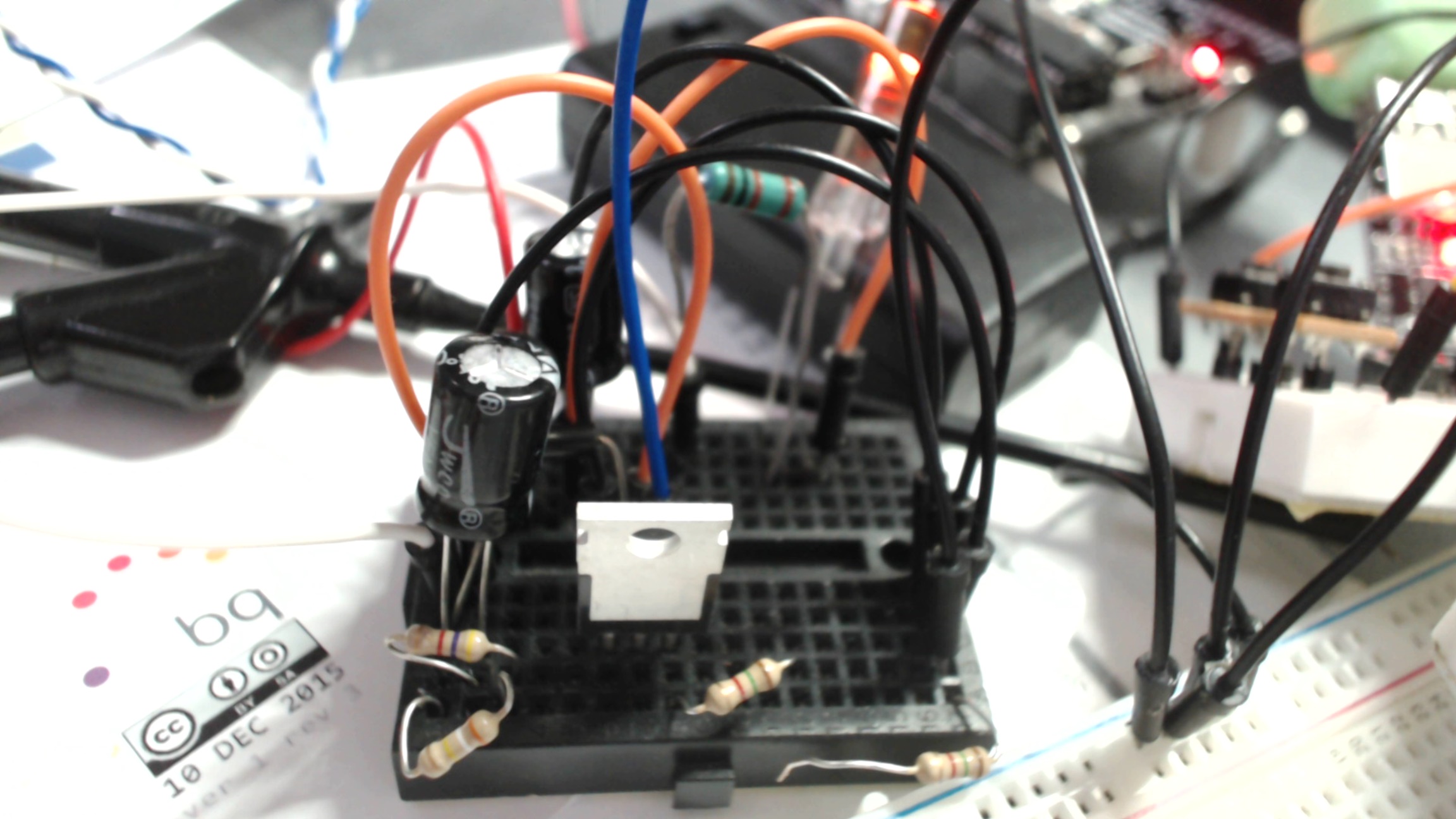
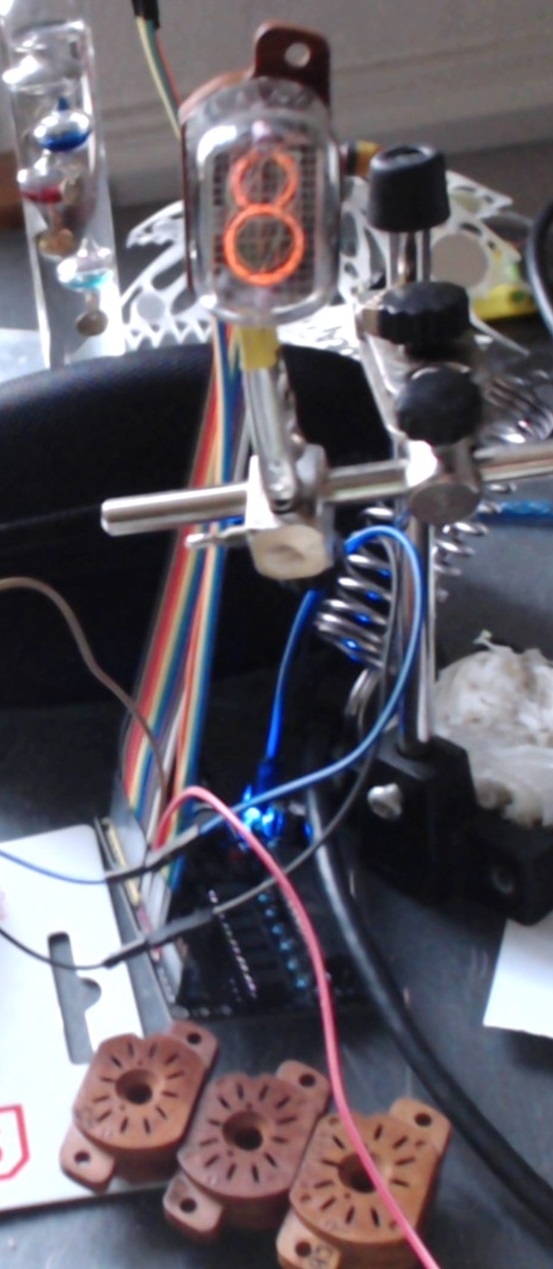
1 by 1 the Nixies were added to ensure no digits fell by the wayside.
At this stage of the project there are lots of 170 Volts things to be touched.
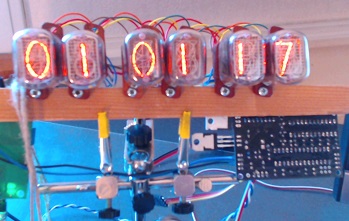
The INS-1 separator colons are neat too... an upgrade from your normal "mains plug" type.
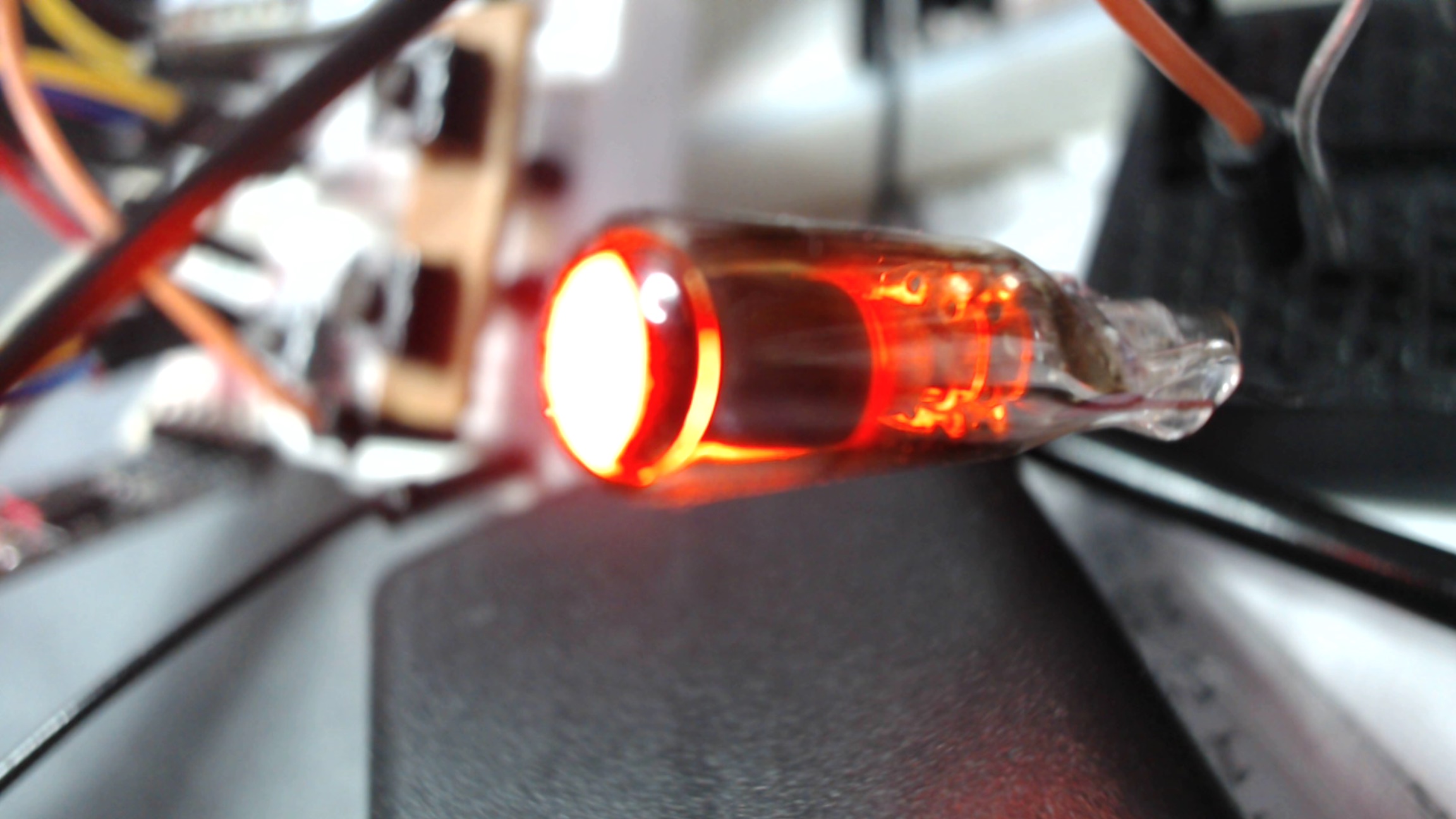
To prolong the Nixie tubes life, the dimmer you use them the longer the life.......
A dud 10mm LED was sawn off and hollowed out with a dremel to contain the LDR which was glued into place with epoxy glue (scratches magically disappear as the LED material is also epoxy). The LDR effectively alters the PWM signal to the 170 Volt inverter circuit and allows the display to be dimmed by duty cycle.

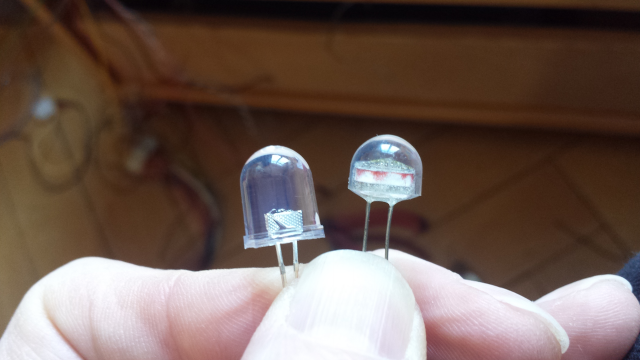
To contain the 170 Volts a 3D back/front shroud was made, this also allowed a good spacing for the tubes and allowed the colon indicators to slot neatly between the tube pairs.
The STL can be downloaded from Here (Thingiverse) :-
Nixie Tube Clock IN-12B (Bezel & High voltage guard)
They were designed to give each Nixie a kinda sun shade, which gives added clarity.



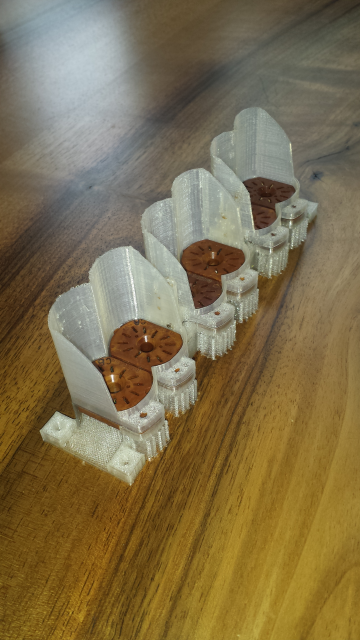
As you can see below the mass of wiring shoehorns neatly into the protective shroud.
The box is out of wood and bashed together to create the vintage look, it was a pig of a job to cut the front bezel.
Below left you might notice a small RTC module, this keeps the clock in sync.
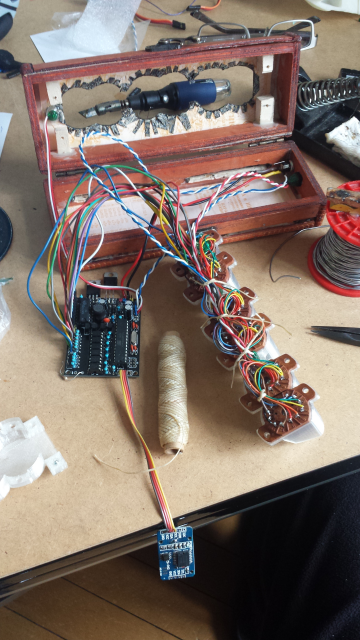
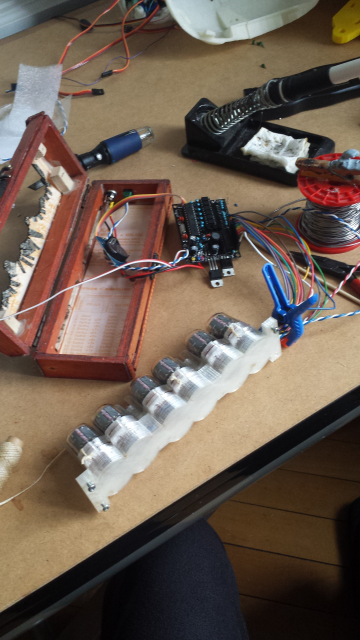
It is possible (already tested) to replace the RTC clock with an ESP8266 and control it via WIFI, this idea was resisted in this version as the plan now is to make a version using a single ESP 32.

Wahoo, I love it. So great
Wahoo, I love it. So great work. Congrats
Wow !Amazing Gareth
Wow !
Amazing Gareth ..
you've combined history with high tech and engineering with art ... absolutely beautiful clock !